BIOS
DFI's BIOS is once again a bit of hit and miss. It's trying to be quite heavily performance orientated, but we don't feel it's quite hit its stride in scaling it down to mini-ITX.For example: the Genie BIOS menu settings are straightforward to use and include the odd novel additions, like a separate boot up frequency, but developments from other manufacturers are not mirrored here: there's no realtime display showing what changes to multipliers and the Baseclock have on the CPU and memory. It's a small point, but is hugely useful.
Under the voltage controls, DFI has gone into the usual open lunacy: dumping 2V through the CPU will simply kill your motherboard, regardless of whether it's LN2 cooled, so should the option even be there? That's not to say it's all bad though, because the DFI-depth is still included in the "Super VID" option, which opens up a whole load of other options: CPU and DRAM Comps and reference voltages are there for experienced overclockers. All the main voltage options are included too so it feels like a full P55 motherboard should: PLL, PCH (I wouldn't use unless you change the heatsink) and the CPU and VTT voltages offer certainly enough fine adjustment.
However, there are BIOS niggles. The "OC Fail CMOS Reload" doesn't work that well - the system loads the BIOS defaults then automatically tries to reload from an overclocked saved profile. Please, give us the option to avoid that because on occasion we just ended up in a loop. There is, however, the "Auto save bootable setting" and "load last bootable setting" which does seem to work when used from within the BIOS.
Finally, there is the usual mix of BIOS basics; with fan control that can be adjusted automatically according to the CPU temperature, or manually to a set PWM rate. There's only two fan headers so it's not like we expect a world of control. Other than that there's only the CMOS reloaded function as an additional feature, and no in-BIOS flash utility included.
Overclocking
DFI includes some overclocking profiles in its CMOS Reloaded section - 160MHz Baseclock for a Core i7 and 180MHz Baseclock for a Core i5: the latter putting less demands on the power hardware so it can be pushed further.We set the Core i7-870 to the 180MHz Baseclock profile and upped the CPU voltage a little. After previously experiencing other motherboards similar to this one blow their MOSFET brains out because of the limited power hardware, we were cautious with our voltages. We increased the vcore to 1.3V, the VTT to 1.35V and memory voltage to 1.64V. We left the other voltages at stock and dropped on an additional fan to cool the P55 heatsink and CPU MOSFET area.
The DFI 180MHz Baseclock profile worked perfectly, however above this we found stability issues that gently pushing the CPU and VTT voltage didn't cure: even 185MHz wasn't stable enough to complete our thread heavy video encoding test.
So, we settled at 3.6GHz: 180MHz Baseclock and a 20x multiplier. It's not that hot compared to full ATX boards - even ones not much bigger like the micro-ATX Gigabyte GA-P55M-UD4 achieve over 200MHz Baseclock in our tests, however, at the same time for a mini-ITX board, it's currently the most overclockable one you can buy.
Despite the limitations of the BIOS in knowing the outcome of our overclocks, we could even push the memory clock to 1,800MHz using the 10x memory multiplier (listed as 1,333MHz), and set the custom timings to CL8. It did this without making a fuss, and even in Auto mode would not set the timings more lax than the SPD CL9. In comparison, some BIOS' push the latency to CL10 or 11 at very high frequencies unless manually set. We tried the 12x multiplier but it wasn't playing ball at all - even at lower total memory speeds than the aforementioned, the system wouldn't boot; DFI needs to sort that one out.


MSI MPG Velox 100R Chassis Review
October 14 2021 | 15:04


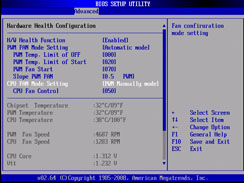
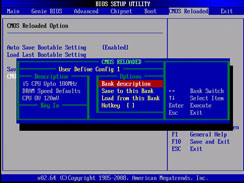
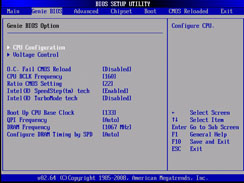
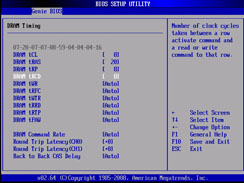
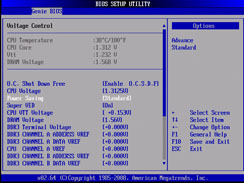
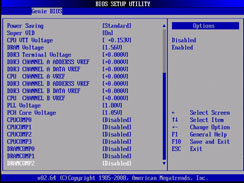







Want to comment? Please log in.